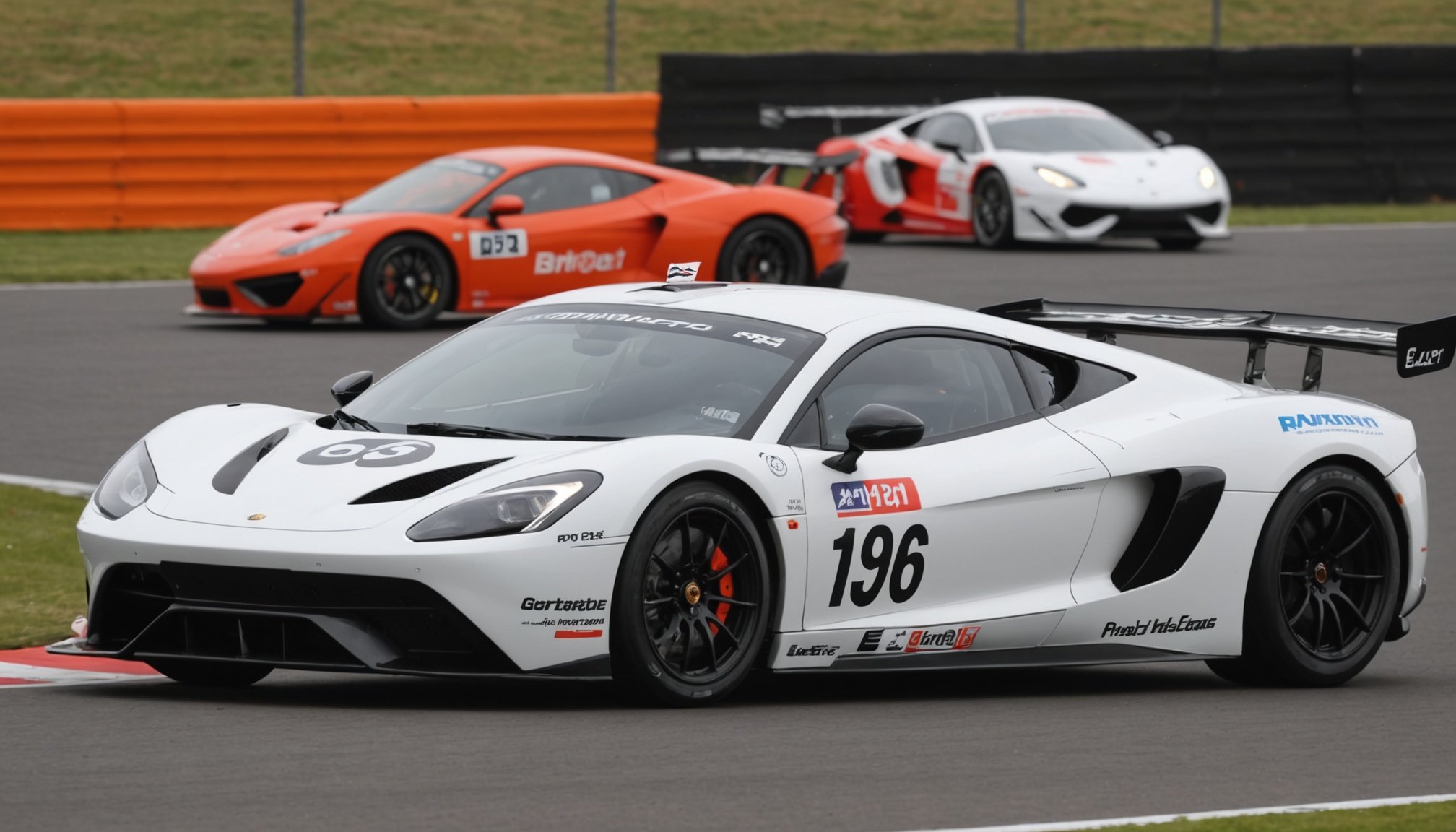Understanding Gear Ratios in British Racing Cars
Gear ratios play a crucial role in the performance optimization of British racing cars. At its core, a gear ratio in racing defines the relationship between the number of revolutions the output shaft makes to the input shaft. The significance lies in its direct impact on a car’s acceleration and top speed.
A lower gear ratio can enhance acceleration, providing quicker starts and improved mid-corner speed, which is especially beneficial in tight circuits. Conversely, a higher gear ratio favours top-end speed, allowing for higher velocities on longer straights. This delicate balance between acceleration and speed is vital for achieving optimal racing performance.
Also read : Unlocking range potential: innovative aerodynamic strategies for british electric vehicles
British racing cars often employ varied setups to suit different track requirements. While a tight ratio might be selected for circuits with frequent turns, a more open ratio suits speed-centric tracks. Common combinations are meticulously chosen based on track characteristics, ensuring that the vehicle’s capabilities are maximized.
Understanding these principles helps racing engineers and drivers fine-tune their setups for specific races. Emphasizing the right gear ratio can be the difference between gaining or losing precious seconds on the track. This strategic approach provides that competitive edge essential in high-stakes motor racing events.
Also to read : Optimize your british sports car”s performance: the ultimate guide to achieving ideal ride height for enhanced aerodynamics
Calculating Optimal Gear Ratios
Understanding how to accurately calculate gear ratios is essential for optimizing the performance of British racing cars. This process involves using a specific gear ratio formula which takes into account the relationship between the number of teeth on the input and output gears. To commence calculations, you’ll need to gather key data such as the engine RPM and tire size.
-
Basic Formula: The formula for determining gear ratios is simple yet effective: Gear Ratio = (Number of Teeth on Output Gear) / (Number of Teeth on Input Gear). This basic principle helps in understanding the mechanical advantage gained.
-
Essential Tools: Various software tools are available for simulating and verifying the optimal gear ratios for specific racing scenarios. These tools enable precise computations tailored to the unique specifications of your vehicle.
-
Importance of RPM and Tire Size: Engine RPM and tire size play a pivotal role in these calculations. RPM determines how quickly an engine can operate at its peak, while tire size affects the distance traveled per engine revolution, directly impacting the car’s acceleration and speed.
By mastering these calculations, enthusiasts and professionals can fine-tune strategies for enhanced racing performance.
Case Studies: Successful Gear Ratio Optimizations
Examining gear ratio case studies reveals the substantial impact of thoughtful optimizations on performance enhancement in British motor racing. Our journey takes us through iconic eras and modern innovations to extract valuable insights.
Historic Example: The 1960s British Sports Cars
In the 1960s, British sports cars underwent pivotal gear ratio modifications, escalating their racing performance. By opting for lower ratios, manufacturers enhanced acceleration, crucial for competitive edge on short tracks. This facilitated impressive gains in initial speed bursts, a strategy learned from meticulous trials.
Modern Applications in Formula Racing
Today’s Formula racers integrate sophisticated simulations to refine gear ratios. Utilizing cutting-edge software, engineers manipulate these ratios to suit constantly evolving track demands. This adaptive approach yields significant enhancements, validating the necessity of precision tuning.
Lessons from Racing Clubs and Competitions
Insights from racing clubs illuminate the art of achieving balanced performance optimization. Particularly successful gear ratio strategies emphasize adaptability and constant feedback loops. Through iterative processes, they’ve consistently realized notable advancements in speed and handling—essential ingredients for success on the competitive stage.
These case studies collectively demonstrate that informed and strategic gear ratio adjustments are pivotal in harnessing the full potential of British racing machines.
Tools and Techniques for Gear Ratio Optimization
In the realm of British racing cars, employing advanced gear ratio tools is pivotal for achieving peak performance. These software tools provide precise optimization techniques that allow racers to simulate various setups, aiding in determining the optimal ratios for specific racing scenarios. By entering variables such as engine capabilities and track characteristics, these tools simulate how different gear ratios will perform, enabling strategic adjustments without real-world trials.
Adjusting and fine-tuning gear ratios requires a combination of both digital simulations and hands-on track work. Once initial ratios are simulated, real-time data collection on the track allows for nuanced modifications. By continually refining these ratios based on live feedback, teams can ensure they maintain competitive performance.
Monitoring performance metrics post-optimization is essential. Key metrics include acceleration times, top speed potential, and handling consistency throughout corners. By analysing these, technicians can verify improvements and make further iterative changes. Such data-driven approaches provide a systematic way to enhance a racing vehicle’s prowess, ensuring that drivers and their machines can consistently perform at the highest levels.
Impact of Gear Ratio Changes on Driving Dynamics
Adjusting gear ratios can profoundly affect the driving dynamics of British racing cars. These changes can determine a car’s handling characteristics, enabling drivers to adapt to various track demands effectively.
Gear ratio effects directly influence a vehicle’s acceleration, top speed, and cornering abilities. Shorter ratios, for instance, provide enhanced acceleration, crucial for quick starts and improved cornering performance. This can be advantageous on tracks with numerous tight turns. Conversely, longer gear ratios allow for greater top speeds, ideal for tracks with extended straights where maintaining high velocity is crucial.
Balancing these trade-offs is an intricate task and often involves slight tweaks based on track conditions and racing strategy. Experienced racers note that a car’s responsiveness to input—its agility and stability—can be tuned precisely through careful gear ratio adjustments.
Veteran drivers offer insights into these modifications, frequently discussing how changes impact their driving experience. They emphasize the importance of continuous feedback from the track, allowing for iterative refinements. By strategically leveraging these gear ratio changes, racing teams can achieve a harmonious balance between speed, control, and driver comfort on the track.











